miscellany: Technical notes
When I joined Birdsongs in 1991 all the live electronics were handled by Erik’s stage rig which at the time consisted of an EMAX Sampler, an EMU SP-12 sampling drum machine and a Roland D-110 sound module controller by a Alesis MMT-8 sequencer and a Kurzweil MIDIboard keyboard controller. Along the way Erik acquired the factory prototype of the Kurzweil PX piano module and this has remained the sampled piano sound he uses in live performance, when the real thing is unavailable. This was essentially the Sounds Interesting studio setup that he painstakingly transported to gigs. As was the case with many hardware systems of the time, Erik’s rig was pretty idiosyncratic and it was soon obvious that in writing for the group I’d have use my own platform.
The first pieces I wrote for Birdsongs, Ray and Band Of Deborahs were originally developed on a Macintosh SE30 using Opcode’s Vision which I began using when it came out in the Summer of 1989. I initially resisted using the computer for live performance and spent a great deal of time arranging those pieces to be performed using a Roland R5 drum machine which was loaned to us by our friend Dr. Mark Spitzer. The many different sections and time signature changes in those pieces made for an interesting collection of patterns on the R5 and I’ve occasionally been tempted to compose a new piece based on a random reordering of that material.
I brought the computer to Hawaii for our January 1992 residency at Koloni Hanua and started work on Birdgam. By this time I wanted to add pitched percussion and bass textures to the music I was working on and I began using an EMU Proteus I with Orchestral Expansion. Soon thereafter the parts for Ray and Band Of Deborahs were being triggered from the Mac and the R5 was used only as a sound module.
During 1992 till 1995 I added a Roland SE50 Effects processor to my rack and experimented with using the Mac to control it during performance.
Birdsongs’ recordings have traditionally tried to capture the sound of the band live. This is perhaps in sharp contrast to the trend in record production during the 1980’s and 90’s of using studio technology to produce a recorded artifact distinct from a live performance. For the most part the sounds used in recording Dancing On A’A were the one’s we used in live performance. One notable exception was a wavesequence from the Korg Wavestation A/D used on the rave-up ending section of Ray.
After recording A’A we made a conscious effort to downsize and simplify our live performance set-up. All of Erik‘s sequences in repertoire were transferred to the Mac. Gradually the parts from the D110 and the SP12 were remapped to the Proteus. By 1997 the Proteus was returned to the comfort and safety of my Studio rack and all performance sequences and samples were handled by the a K2000RS. After 8 years of faithful service the Mac SE30 was replaced by and Powerbook 3400. For the 1001 Real Apes shows Birdsongs did from 1996 till 1999 all sequences and samples were handled by the K2000RS with some live audio played back from the Powerbook.
Petrophonics is the first recording of new material in 5 years and most of it has never been performed prior to the recording. Indeed some of the parts were written the morning they were recorded. Of the many electronic devices we used in making the recording, my favorites include the Waldorf Microwave XT (Orange) used throughout Allswell and the Nord Micro Modular which was used to process some of the tracks during mixdown. Petrophonics also marks the swan song for Studio Vision. RIP Opcode.
For upcoming live performances we’ll be using the K2000RS, an Access Virus sound module and the Nord Micro Modular mixed through a Mackie 1202VLZ mixer. Sequencing a live digital audio will be handled by a new 500MHz Powerbook G3 running Digital Performer.



